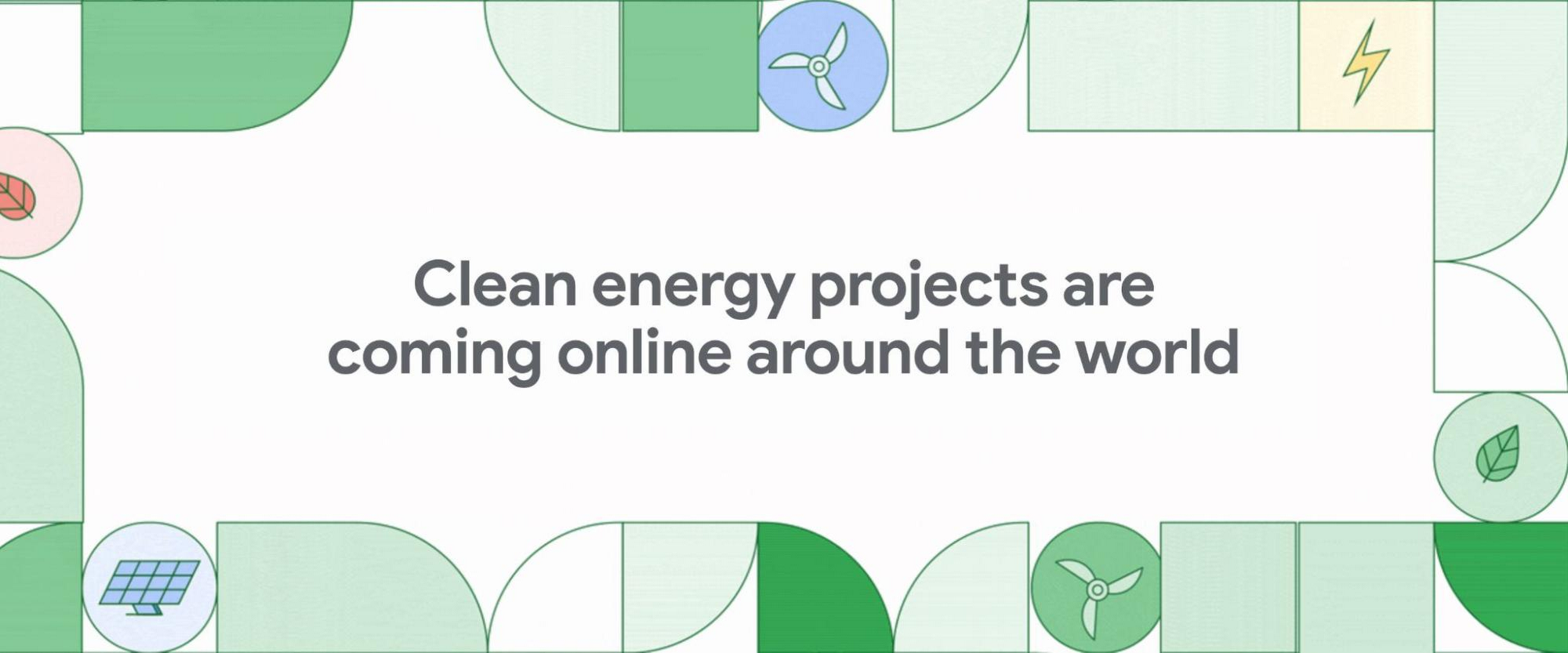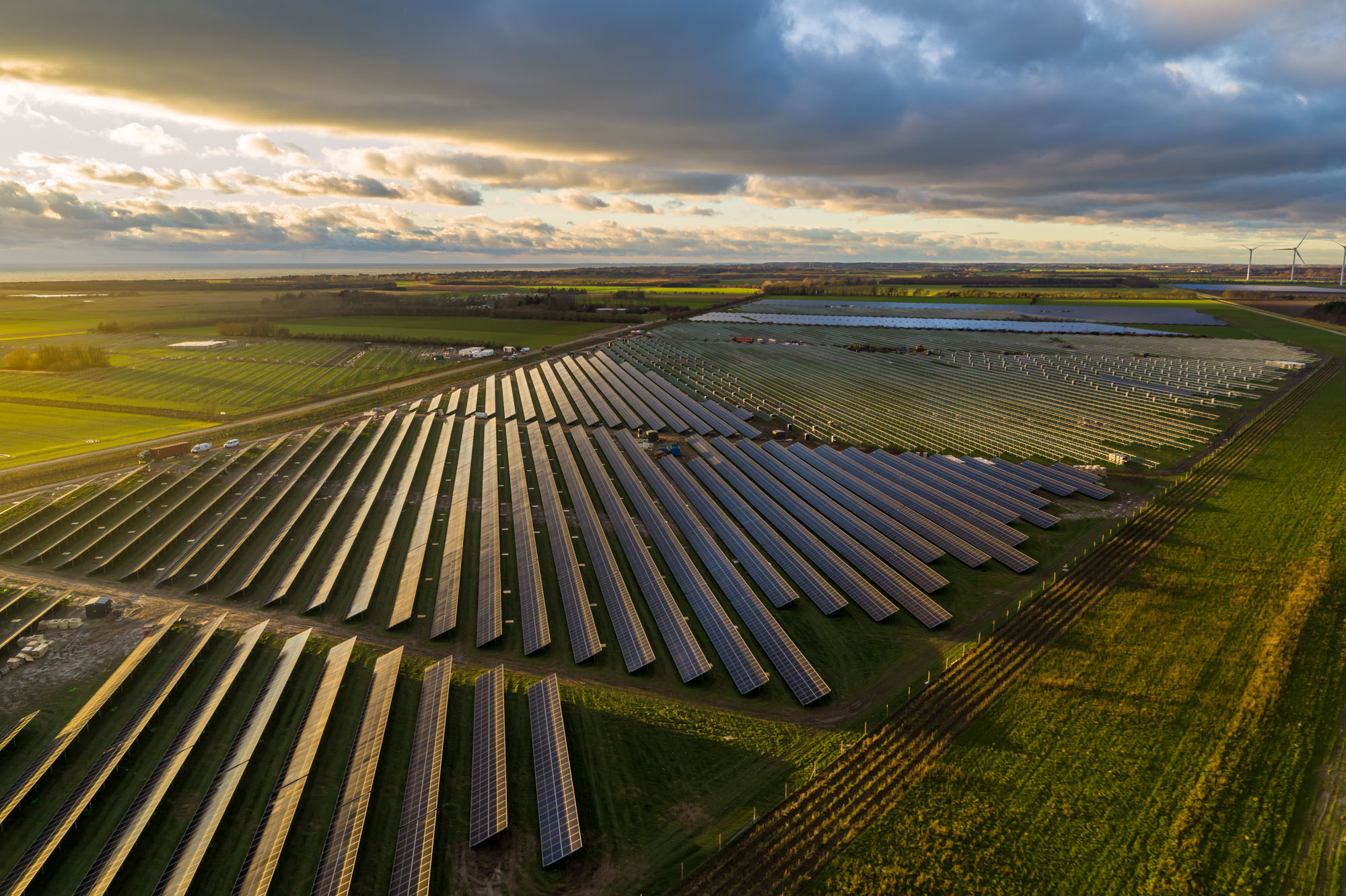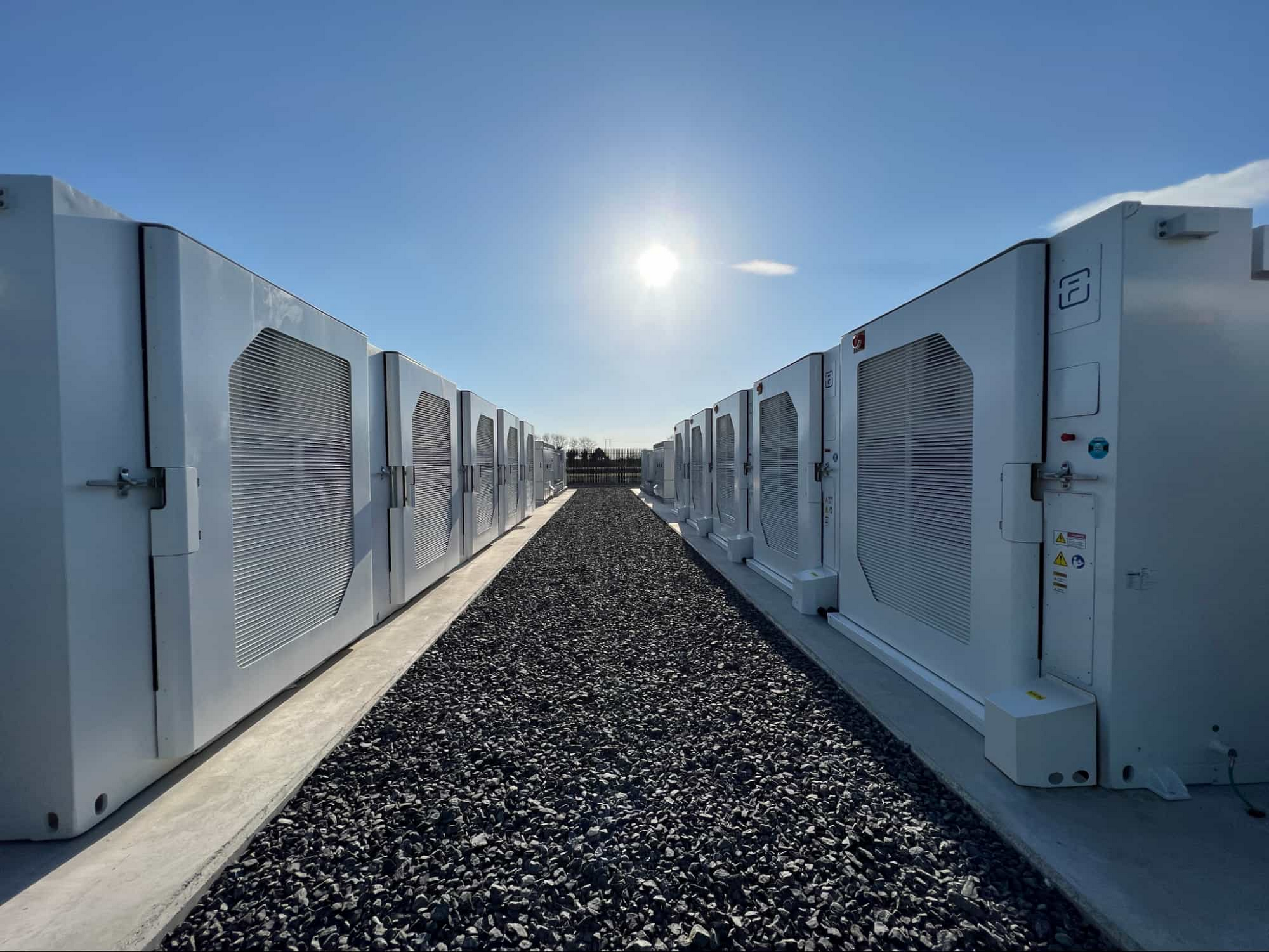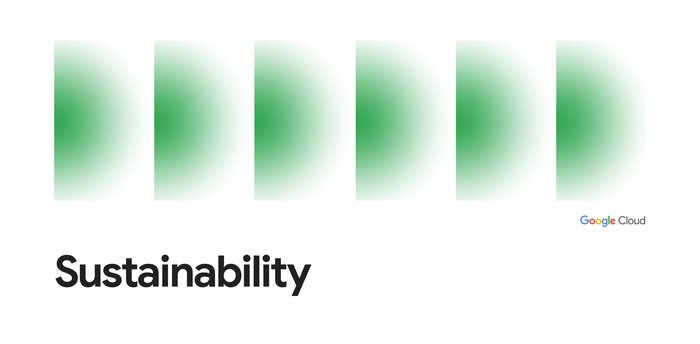24/7 Carbon-Free Energy: Powering up new clean energy projects across the globe

Marc Oman
Senior Lead of Data Centre Energy and Infrastructure at Google
Ignacio Fernandez Stearns
Senior Lead, Americas Data Center Energy Strategy
Back in 2010, Google signed its first-ever agreement to purchase 114 MW of wind power in Iowa. This deal made us an early pioneer of corporate power purchase agreements (PPAs) — contracts to purchase renewable energy directly from developers on the same grids where we operate our data centers. Having achieved 100% annual renewable energy matching every year since 2017, we’re now focused on achieving our moonshot goal of 24/7 carbon-free energy (CFE) by 2030, purchasing clean energy generated from an increasingly diverse set of technologies to decarbonize grids across the globe.
Signing PPAs is a critical first step, but typically these deals are signed before a project breaks ground. It’s just the beginning of the long and complex process of building new clean energy infrastructure, which involves design and engineering, permitting and construction, and interconnection to the grid. What’s really exciting is when those deals start producing clean energy to the grid.
Today, we are pleased to share that clean energy projects that we signed over the past few years across Belgium, Denmark, Chile and Finland are now operational – providing important clean energy resources to the grids where we operate and taking us one step closer to 24/7 CFE.
Turning on wind and solar resources in Europe and South America
We are thrilled to see three major renewable energy projects come online and begin feeding carbon-free energy into the grids that power our data centers in Quilicura, Chile, Hamina, Finland, and Fredericia, Denmark.
In 2019, Google signed a contract with AES Chile to build 23 new wind turbines in Chile’s Biobío region. The project is part of a hybrid wind and solar portfolio that will generate 125 MW of clean energy for Google’s first data center in Latin America. With this wind farm now operational, we expect our data center in Chile to operate at above 80% carbon-free energy.
In Finland, Google signed a contract with Ilmatar to purchase approximately 60% of the 211 MW generated at Piiparinmäki, Finland’s largest wind farm, which was completed in November 2021. Google’s early commitment to buy the output of this project was critical to the wind farm getting built, and we are pleased to announce that it is now fully operational and feeding into the grid that powers our Hamina data center. The estimated annual production of the Piiparinmäki wind farm is enough to cover the annual electricity consumption of around 36,000 houses in Finland, and the output that we don’t purchase helps other consumers and corporate customers source carbon-free energy too.
Finally, in Denmark, the Rødby Fjord solar project has begun adding carbon-free energy to the grid that powers our Fredericia data center. In total, this project will add 54.5 MW to the more than 100 MW of operational solar resources that power Google’s operations in Denmark.


Batteries in Belgium
In 2020, we announced our plans to install the first ever battery-based system for backup power at a hyperscale data center, located at our data center in St. Ghislain, Belgium. This marked a major leap forward for clean data centers, because on the rare occasions when a Google data center is affected by a power outage, we have traditionally met the daunting challenge of ramping up millions of watts of backup electricity in seconds by using diesel generators.
Now we’re working to demonstrate that a better, cleaner solution can help keep the internet up and running in the event of a power disruption. Even better, when the batteries aren’t being used for backup power, we can use them to help local grid operators balance the grid: a win-win for Google, our partners Centrica Business Solutions and Fluence, and the Belgian electricity system.
We have now fully installed and tested the battery and are preparing to use it to support the Belgian grid. This will advance our clean energy goals in Belgium, but what we are most excited about is the potential to scale battery-based technologies across our global portfolio of data centers. Together with other innovative solutions like our next-generation geothermal power project, this kind of technology will help us achieve our 24/7 carbon-free energy goal — especially if complemented by policies that expand competitive electricity markets, incentivize deployment of innovative technologies, and increase investments in clean energy research, development, and demonstration (RD&D).


The road ahead
Projects like these will be critical in our journey to achieve 24/7 CFE by 2030 and, more broadly, our goal to achieve net zero emissions across all our operations and value chain by 2030. We’re already making progress in our third decade of climate action: five of our data centers across the globe are now operating at nearly 90% CFE, and customers looking to benefit from our efforts can now choose where their cloud services are delivered based on the availability of carbon-free energy in each of our cloud regions.
Simultaneously, we must continue to make progress on decarbonizing full electricity systems — that’s why last week we released for the first time a comprehensive policy roadmap to accelerate grid-level decarbonization. We plan to do everything we can to shape a carbon-free future for our customers, our users, and our planet — today and every day.




